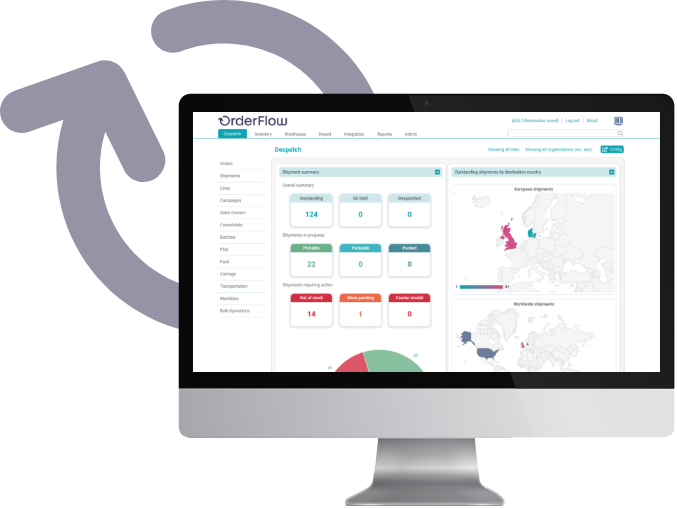The OrderFlow WMS provides a powerful toolset that can be used to enforce a rigorous adherence to processes that guarantee a complete audit trail of product lot usage throughout all warehouse operations.
Alternatively, in some scenarios it is only necessary to capture the product lot that has been used to fulfil a particular order at the point it is packed.
Lot tracking is a fundamental part of the supply chain for food, pharmaceuticals and anything else where it’s important to manage expiry dates or to provide end-to-end traceability in order to identify the source and extent of possible contamination, manufacturing defects or other problems. In the UK the Food Standards Agency and Food Standard Scotland require all food manufacturers and wholesalers to maintain an end-to-end record stock movements through their business and to have these records available for inspection at all times. Increasingly large retail customers are also requiring their suppliers to demonstrate that they have robust lot tracking processes in place.

OrderFlow can be used to provide end-to-end lot tracking of raw materials and components through a manufacturing or kitting process that produces finished goods. OrderFlow will maintain the relationship between the product lots used as raw material inputs and the finished goods that they are used to produce, providing both forward and backward traceability.
